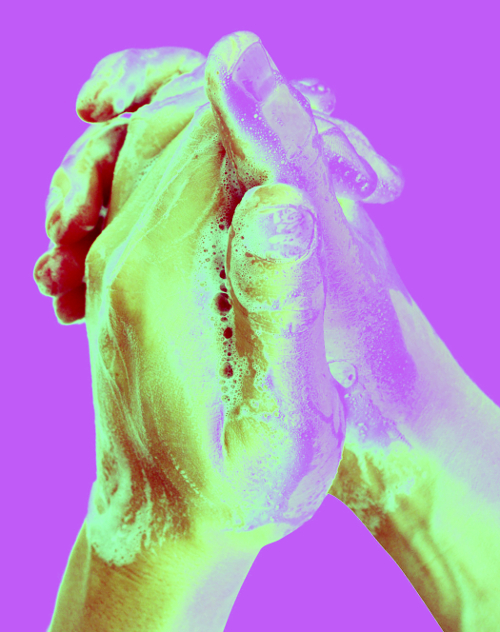Infections drop in scrubbing study
 A major a trial of enhanced hospital cleaning practices at 11 Australian hospitals has resulted in fewer infections and costs.
A major a trial of enhanced hospital cleaning practices at 11 Australian hospitals has resulted in fewer infections and costs.
“This research project is believed to be the largest prospective, multi-site and multifactorial trial of hospital cleaning in the world,” said QUT health economist Professor Nick Graves.
“Its aim primarily was to investigate whether a change in cleaning practices was effective in reducing the 165,000 healthcare-associated infections in Australia each year.”
The REACH (Researching Effective Approaches to Cleaning Hospitals) project introduces a bundle of cleaning initiatives, tailored to specific hospitals, to improve both routine and discharge hospital room cleaning.
Hospital-wide promotion of the importance of cleaning in reducing infections was undertaken to support a culture shift in the profile of environmental services staff.
“Cleaning was audited using fluorescent marker technology. This system used gel dots, invisible to the naked eye, applied to surfaces. The dots resist dry abrasion and are removed only by a thorough cleaning technique,” Prof Graves said.
“Hospitals in the study improved their cleaning practices from 55 to 76 per cent in bathroom areas and from 64 to 86 per cent in bedroom areas.
“This resulted in a 37 per cent reduction in the major healthcare-associated infection, vancomycin-resistance enterococci (VRE), and a 5.8 per cent decrease overall in three types of infections.
“In contrast to previous research, the cleaning bundle development prioritized evidence-based strategies that were easy to implement and lower cost, over newer expensive technologies.
“Overall, the cleaning bundle cost approximately $2,500 per 10,000 bed days to implement in participating hospitals.”
The NHMRC-funded study, “An environmental cleaning bundle and health care-associated infection in hospitals (REACH): a multi-centre randomised trial”, has been published in The Lancet Infectious Diseases.







 Print
Print